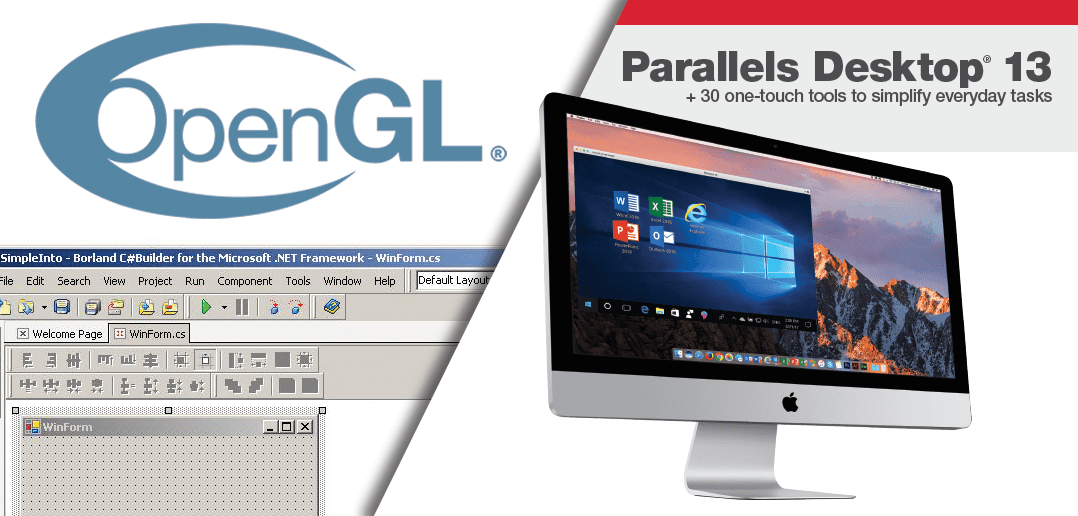

For example, when running a Vista VM in Coherence, a separate Window for Vista does not appear on the Mac desktop. This allows the guest OS to integrate into the Mac OS X environment. With Parallels Desktop, a VM can run in Coherence mode. The Vista VM locked up a few times, with the following message: “An unexpected error code -600.” This crashing ceased after restarting the VM two times. The network adapter, sound and display drivers were detected and caused no issues. USB support was enabled to “connect to guest OS.” The USB keyboard and mouse worked fine in the VM, but a USB thumb drive went undetected in the VM, and was only detected in the host OS.

Too bad that was not the case with USB support. Parallels offers control options that are pretty granular: boot sequence, memory allocation and network adapter emulation options are among the configurable features for the virtual machine.ĭragging and dropping between the host OS and guest caused no problems. Setting up a Vista virtual machine from loading the CD to the last reboot after the install of Parallels Tools took 37 minutes.
#PARALLELS 13 VS VMWARE FUSION 10 BENCHMARK FOR MAC#
Parallels Desktop 3.0 for Mac was cake to install. VMware and Parallels are of course virtualization solutions while Boot Camp allows for dual-booting.Īll three programs were loaded on a spanking new Mac mini, outfitted with Leopard 10.5.2, a 1.83 GHs Intel Core 2 Duo processor and 1 GB RAM. These solutions achieve the same end: getting multiple OSes to run on a single platform but by different means.


 0 kommentar(er)
0 kommentar(er)
